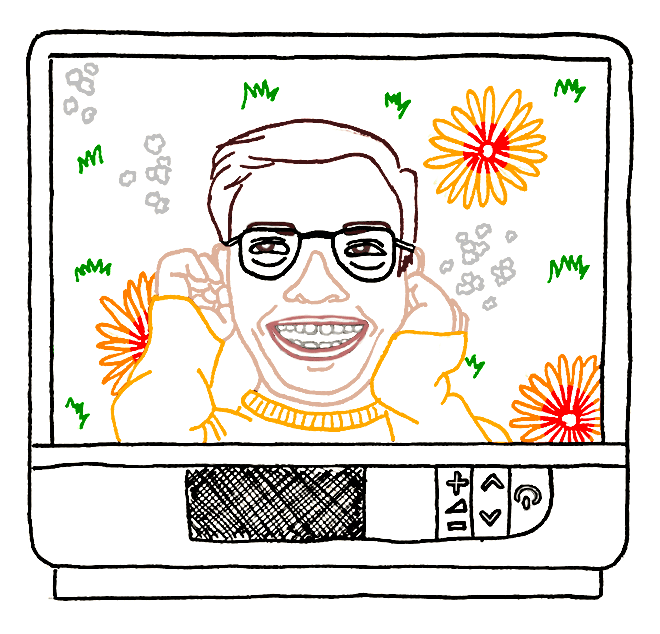At the start of his New York Magazine article, “In Defense of Distraction,” about the pros and cons of overstimulation, Sam Anderson tells us to pause from updating our Facebook and Twitter profiles, refreshing our e-mails, checking text messages, peeking at scores of the latest games, and to, in short, forget our digital crack and focus on what he is saying. What follows is an informative if not slightly meandering discussion of the debate over distraction, chock-full of meta-commentary about how distracted Anderson was while attempting to write the article.
While scientists and parents alike seem increasingly convinced that today’s dueling technological toys and networks will turn us into mounds of mush, Anderson probes the possibility that the mind seeks distraction and variety in order to expand its creativity. Refuting economist Herbert A. Simon’s claim that “a wealth of information creates a poverty of attention,” Anderson interviews multi-tasking experts, theorists, and writers in his quest to expose the ramifications of too much sensory stimulation. While he does not deny that our current generation of “digital natives” must handle the huge challenge of learning to prioritize vast manifestations of information, he argues that learning to balance and harness information will lead to new levels of innovation and invention. As he writes, “the virtual horse has already left the digital barn. It’s too late to just retreat to a quieter time…The question, now, is how successfully we can adapt.”
Anderson’s argument for the benefits of overstimulation is shallow at times; he offers more testimonies about the negative effects of constant distraction than about the productive potential it may offer. Much of the article meditates on the state of “continual partial attention” we find ourselves in today: conscious of the danger and seduction of the internet, flailing in one media networking website after another, and weary of a discussion about something that may be harmful but that is undeniably engulfing the writing, networking, teaching, advertising, publishing, and interpersonal world. Yet his speculation about the benefits of interdisciplinary innovation, citing Einstein and The Beatles as his main examples, is refreshingly optimistic. Anderson’s light at the end of the tunnel rests on the idea that the brain, with its neuroplasticity, will be able to successfully reorganize in order to accommodate its new techno-pumped stimuli. He hopes that our current addiction to multimedia may push us to become more efficient, more creative, more resourceful. And as we continuously fend off the urge to change the song, post on Myspace, read the New Yorker online, bid on bike shoes on eBay, check our voicemail, and check the weather at home while reading his lengthy article, we certainly hope he’s right.




